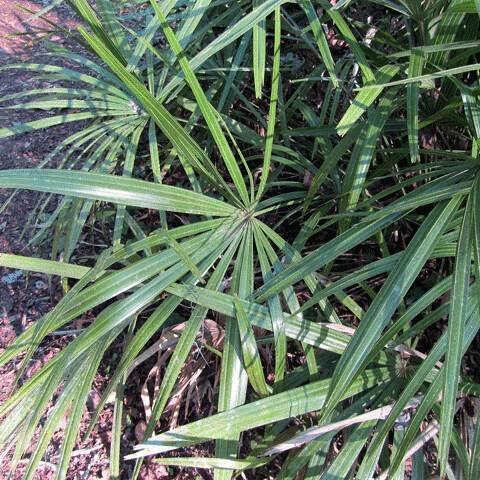
needle palm
Rhapidophyllum hystrix
Cycle:
Perennial
Watering:
Average
Hardiness Zone:
6 - 10
Flowers:
Flowers
Sun:
full sun
Leaf:
Yes
Growth Rate:
Low
Maintenance:
High
Drought Tolerant:
Yes
Salt Tolerant:
Yes
Thorny:
Yes
Invasive:
Yes
Tropical:
Yes
Care Level:
High
watering
When it comes to watering a needle palm, you should water about once a week or whenever the soil feels dry. As with any plant, you should water the soil thoroughly until water begins to come out of the drainage holes at the bottom of the pot. Make sure to water the soil, not the fronds, as wet fronds can cause disease. During the active growing season, it may be necessary to water more frequently and reduce watering slightly in the winter months.
sunlight
Needle palm plants need a minimum of 8 hours of sunlight each day to thrive. They should receive direct sunlight in the morning and indirect sunlight in the afternoon. If planted outdoors, they should be in a location that gets sun for most of the day, such as a south-facing wall or balcony. If planted in a container indoors, the ideal placement for needle palms is in a bright sunroom or bright corner near a window that gets direct sunlight for several hours each day.
pruning
Needle palm should be pruned minimally and only when it is necessary to maintain the desired shape or structure of the plant. Prune in the early summer, before new growth begins, as this will prevent damage to the newly forming fronds. Start by removing any dead, diseased, or broken fronds. Trim large fronds if they appear overgrown. Make sure to always use sharp, clean pruning tools, as this will help keep the plant healthy. You can also selectively thin out the crowding at the center of the stems to help promote airflow and reduce the potential for disease. Trimming should be done with care and never more than 1-third of the plant’s canopy at a time.
